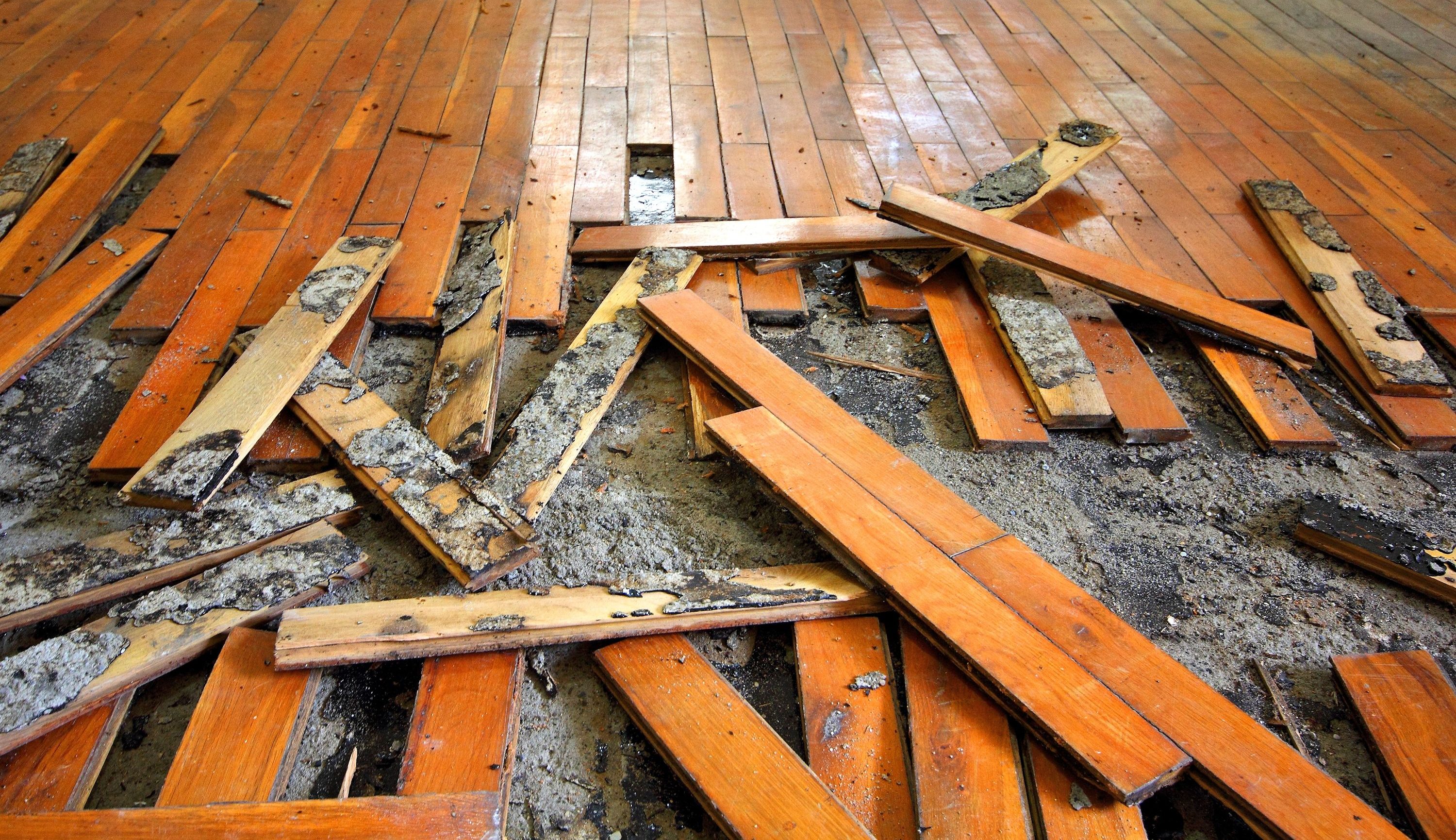The Halloween storm that hit Eastern Canada between October 30 and November 1, 2019 caused over $250 million in insured damage, according to Catastrophe Indices and Quantification Inc. (CatIQ).
The breakdown by province is as follows:
- Ontario—$55 million
- Quebec—$189 million
- New Brunswick—$3 million
- Nova Scotia—$2 million
- Prince Edward Island—$150,000
- Newfoundland and Labrador—$480,000
“Severe weather events driven by climate change are happening more regularly and with greater strength,” said Kim Donaldson, vice president of the Insurance Bureau of Canada (IBC) in Ontario. “In particular, heavy rainstorms that cause flooding are becoming more common. While the insured damage from these storms is significant, the total economic cost to homeowners and governments is even greater. It is important that property owners take precautions to minimize potential damage. They should also understand their insurance policies and know what type of flooding and water damage their policies cover.”
Significant rainfall and damaging winds hit much of Eastern Canada. They caused power outages and left nearly one million Hydro-Québec customers without power. The Niagara and Montreal areas were the hardest hit, both in terms of wind and water damage.
Rain, snow, and high winds in Ontario brought over 60 millimetres of rain to Cornwall and 17 centimetres of snow to Sudbury.
Heavy precipitation was widespread across southern Quebec. The most rainfall occurred in the Eastern Townships: Stratford received 109 millimetres and Sherbrooke 93 millimetres. Montreal and Laval both recorded 63 millimetres, and Quebec City received 71 millimetres. Val-d’Or and Chibougamau recorded 19 and 30 centimetres of snow, respectively.
Newfoundland and Labrador (NL) also received heavy amounts of precipitation. The highest amount recorded in the province was 82 millimetres in Cow Head. Goose Bay, Labrador, recorded 24 centimetres of snow.
Damaging wind gusts exceeded 100 kilometres per hour in multiple locations along the shores of eastern Lake Erie and eastern Lake Ontario, which caused high waves and storm surges. In Port Colborne, a 129 kilometres per hour wind gust was recorded.
Strong winds affected southern Quebec: Montreal and Trois-Rivières recorded winds gusts of 105 kilometres per hour and 104 kilometres per hour, respectively.
In Atlantic Canada, gusts of 107 kilometres per hour and 100 kilometres per hour were felt in Wreckhouse and St. John’s, NL, respectively. Halifax Stanfield International Airport recorded a maximum gust of 102 kilometres per hour and Charlottetown recorded 91 kilometres per hour. The strong winds downed trees, damaged roofs and siding, and led to road closures and power outages.









